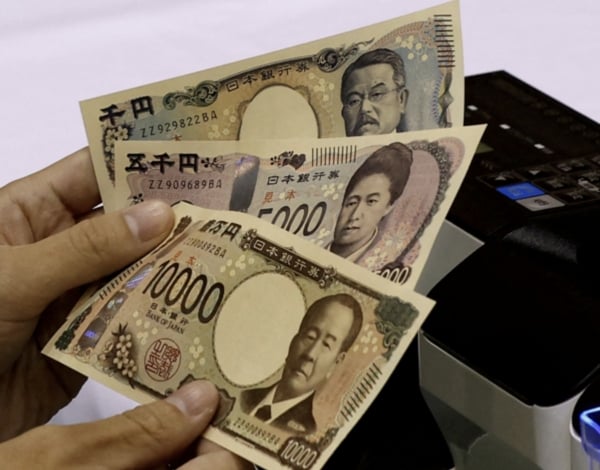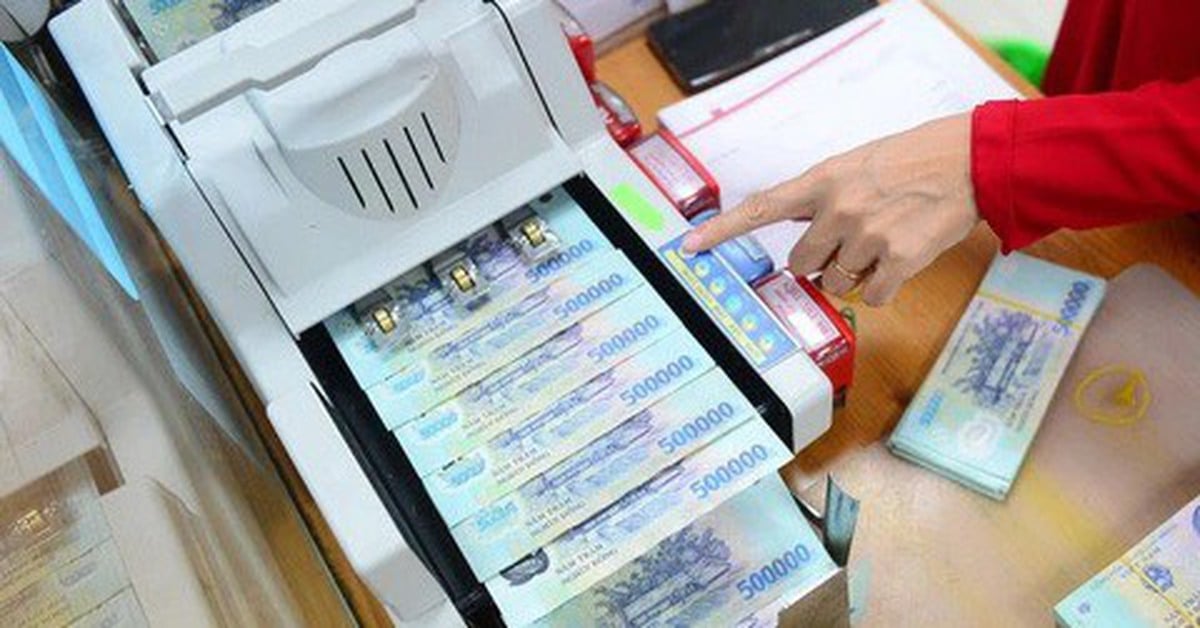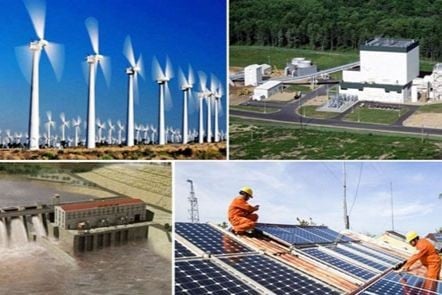
At this rate, family deductions may have to be adjusted every year to maintain people's quality of life - Photo: QUANG DINH
Someone asked, one of the reasons the Ministry of Finance has not adjusted the family deduction level is because the consumer price index (CPI) from the most recent adjustment in 2020 to the end of 2023 is only 11%, not reaching 20%, so why is the adjustment threshold not 5 or 10% but up to 20%?
The question is a bit tricky because the law already stipulates it, but it seems reasonable.
And it becomes even more poignant when looking back at the context of the birth of the figure 20% in the Personal Income Tax Law. At that time, inflation was double digits, some years it was 22.97%, very different from today, then we can see that voters were right to propose increasing family deductions and should the Ministry of Finance persist with the threshold of 20%?
Suppose the Personal Income Tax Law stipulates that the CPI increase is 5 or 10% or will be reviewed after two years, then people will be considered for an increase in the family deduction threshold, not in a roundabout way like in the past few years, voters kept complaining, the Ministry of Finance kept saying "can't yet".
CPI and family allowances affect the quality of life of the entire population. A 20% change in CPI means a 1/5 decrease in purchasing power.
Since the last increase in the family deduction threshold in 2020, the CPI has increased by about 15%, causing people's purchasing power to decline, so why hasn't the family deduction threshold increased accordingly?
Is it true that people's quality of life has declined and will continue to decline until the CPI increases by 20% before adjusting for family deductions?
Returning to the context of the birth of the 20% figure, we can see that the Ministry of Finance has not thoroughly shared the voters' recommendations.
The 20% rate was included in the Personal Income Tax Law by the National Assembly in 2012. This was when the economy was going through a period of hot growth but there were macro problems.
GDP growth was quite impressive, reaching 8.48% in some years, but it was accompanied by very high inflation, with double-digit rates in some years (2007: 8.3%; 2008: 22.97%, 2009: 6.88%, 2010: 11.75%, 2011: 18.13%, 2012: 6.81%...), making people's quality of life extremely difficult.
At this rate, family deductions may have to be adjusted every year to maintain people's quality of life.
Unable to prolong the high inflation situation, in 2011 the Government issued Resolution 11 on stabilizing the micro-economy, curbing inflation, ensuring social security, and shifting the model from high to sustainable growth.
From here, a new phase opened: CPI always increased lower than GDP growth, thanks to which people's lives were improved.
Therefore, if we take the 20% threshold of the period of hot GDP growth (CPI increase is always higher than GDP increase) to apply to the stable period (CPI increase is lower than GDP) is... something wrong!
That is why voters in many provinces and cities continuously requested adjustments, the press used the word "outdated" when referring to the family deduction level, but the Ministry of Finance still persisted in amending it according to the roadmap, until May 2026, meaning that even though the CPI has increased by about 15% so far, it seems that nothing has happened to the purchasing power and quality of life of the people!?
It should also be added that in the period 2006 - 2012, although inflation was high, thanks to the rapid increase in GDP, it was easier to make money. Especially bank credit, money was pumped into the economy quite a lot so people could have "money in, money out" more easily.
The stock market and real estate market are soaring, companies are competing to be born, jobs are everywhere, money flows in and out like the Da River. But now, CPI is just a small number but money is so hard to earn, even banks are trying every way but money is still trickling out to the economy.
The figure of 20% in the Personal Income Tax Law is not wrong, but for nearly ten years, since 2014, it has no longer been suitable for the period when inflation was always lower than growth (in 2014, CPI was 1.84%, in 2015: 0.63%, in 2016: 2.66%...).
If it's not suitable, it must be fixed immediately. If you keep saying "it's not possible yet", it's really a pity for the 20% number.
Source: https://tuoitre.vn/giam-tru-gia-canh-toi-nghiep-cho-nguong-20-20240831094045972.htm









































![[Photo] Prime Minister Pham Minh Chinh chairs Government Conference with localities on economic growth](https://vstatic.vietnam.vn/vietnam/resource/IMAGE/2025/2/21/f34583484f2643a2a2b72168a0d64baa)























































Comment (0)